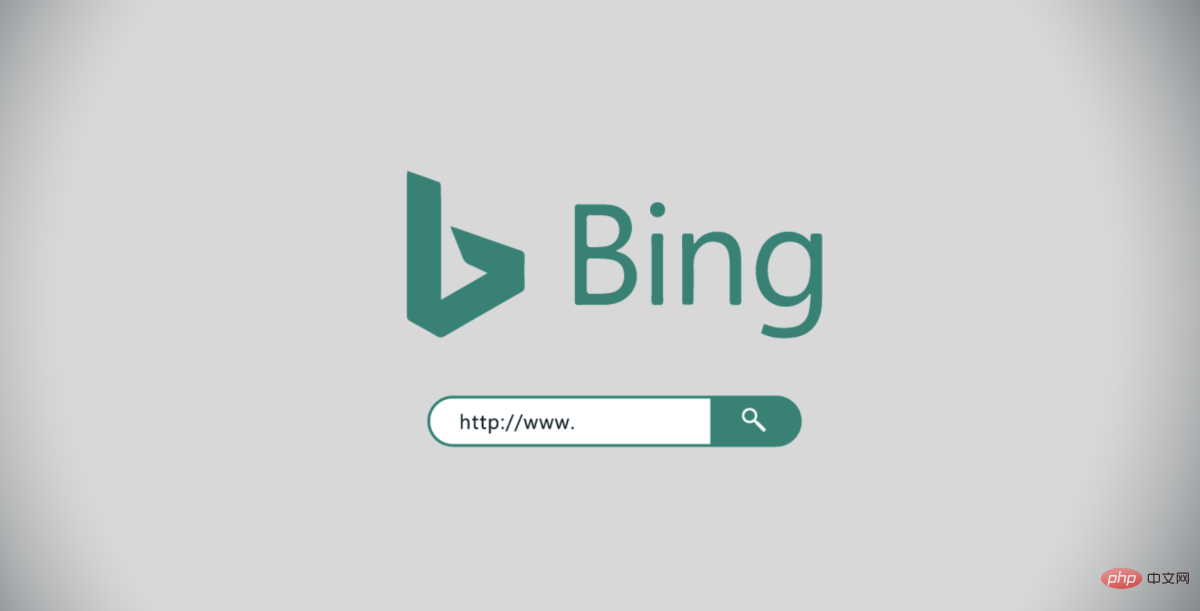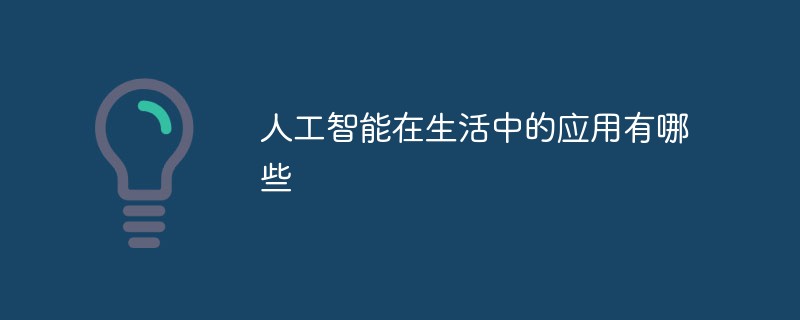
The current economic situation may bring a lot of uncertainty to the business world, but one thing is that it will not silence the pace of innovation into the new year and beyond. While technology practices may be reimagined, we will remain focused on improving productivity and efficiency. Below we share with you four trends that will reshape the future of business.
The demand for real-time data is greater
It can be said that real-time insights are the most valuable source of information for enterprises in a turbulent environment. Long-term trends and “last month, last quarter, or last year” thinking are irrelevant when underlying business conditions change rapidly.
While processing real-time data requires more complex data and analytics infrastructure and often comes at a higher cost, in today’s fast-paced environment, there is no greater cost than missed opportunity. The latest insights enable businesses to make faster, more informed decisions by understanding what is and is not working in the business.
This helps businesses survive inflationary cycles, reduce non-functional investments, and double their earnings.
Real-time insights are critical to business agility. Agility without data relies on intuition and hunches. Crucially, real-time data can alert businesses to issues early.
As more businesses look to data to gain a competitive advantage, those with real-time data will gain a winning position. This is why demand for real-time data analytics will be high throughout 2023.
adopting a multi-cloud strategy
CIOs are worried about cloud spending, and rightfully so. Many companies have moved enterprise technology tools to the cloud in recent years, in part to save costs, and companies say those investments have yet to pay off, according to an annual technology survey. Some businesses are even seeing rising costs.
What are the top reasons for budget overruns? Cloud costs are often opaque in early deployments due to consumption-based pricing and a lack of experience with new technology models. Without experience, CIOs cannot think strategically about how to allocate IT capabilities across different cloud providers to maximize cost productivity and figure out how to make different cloud services work together.
While some cloud vendors are lowering their sales forecasts for the coming year, we believe the answer lies in adopting a multi-cloud strategy that optimizes cost productivity on a per-vendor basis.
Bridging the Big Data Divide
Those businesses that are truly data-driven have the ability to take certain actions in the face of uncertainty. That is, when faced with economic uncertainty, war, talent mobility trends, epidemics, natural disasters, and more, those businesses that are truly data-driven will thrive through informed decision-making.
While big data is primarily utilized by large businesses and governments, real-time data is now more accessible to businesses of any size. The democratization of data, putting insight in the hands of everyone through more accessible analytics tools and cloud technology, is working to create a generation of entrepreneurs who are transforming intuition into data-driven operations.
In 2023, facing tough economic headwinds, we will see more businesses of all sizes leveraging the power of data analytics to increase revenue and profit margins, effectively bridging the big data divide.
2023: The Year of Artificial Intelligence
Artificial intelligence is rapidly moving from lofty fantasy to reality, and in 2023 we will only see the use and development of artificial intelligence accelerate. Today, artificial intelligence has the ability to transform text into drawings and videos, demonstrating not only analytical capabilities but also creative capabilities. Tesla's autonomous driving system, for example, has also made huge leaps forward, showing the progress being made in image processing and edge computing.
This is only the embryonic stage of artificial intelligence. The future of AI technology will have a huge impact on the business landscape in the coming year and beyond. 2023 is likely to bring AI-based technology that personalizes enterprise software to suit the individual employee experience.
Artificial intelligence will also continue to help employees perform specific tasks better and more efficiently. Artificial intelligence holds the promise not only to increase productivity but also to enable business agility. By employing powerful AI technologies that unify data onto a single platform, businesses are able to seamlessly connect the dots between their data and people.
The above is the detailed content of Four technology trends that will reshape the future of business. For more information, please follow other related articles on the PHP Chinese website!
 2023年机器学习的十大概念和技术Apr 04, 2023 pm 12:30 PM
2023年机器学习的十大概念和技术Apr 04, 2023 pm 12:30 PM机器学习是一个不断发展的学科,一直在创造新的想法和技术。本文罗列了2023年机器学习的十大概念和技术。 本文罗列了2023年机器学习的十大概念和技术。2023年机器学习的十大概念和技术是一个教计算机从数据中学习的过程,无需明确的编程。机器学习是一个不断发展的学科,一直在创造新的想法和技术。为了保持领先,数据科学家应该关注其中一些网站,以跟上最新的发展。这将有助于了解机器学习中的技术如何在实践中使用,并为自己的业务或工作领域中的可能应用提供想法。2023年机器学习的十大概念和技术:1. 深度神经网
 超参数优化比较之网格搜索、随机搜索和贝叶斯优化Apr 04, 2023 pm 12:05 PM
超参数优化比较之网格搜索、随机搜索和贝叶斯优化Apr 04, 2023 pm 12:05 PM本文将详细介绍用来提高机器学习效果的最常见的超参数优化方法。 译者 | 朱先忠审校 | 孙淑娟简介通常,在尝试改进机器学习模型时,人们首先想到的解决方案是添加更多的训练数据。额外的数据通常是有帮助(在某些情况下除外)的,但生成高质量的数据可能非常昂贵。通过使用现有数据获得最佳模型性能,超参数优化可以节省我们的时间和资源。顾名思义,超参数优化是为机器学习模型确定最佳超参数组合以满足优化函数(即,给定研究中的数据集,最大化模型的性能)的过程。换句话说,每个模型都会提供多个有关选项的调整“按钮
 人工智能自动获取知识和技能,实现自我完善的过程是什么Aug 24, 2022 am 11:57 AM
人工智能自动获取知识和技能,实现自我完善的过程是什么Aug 24, 2022 am 11:57 AM实现自我完善的过程是“机器学习”。机器学习是人工智能核心,是使计算机具有智能的根本途径;它使计算机能模拟人的学习行为,自动地通过学习来获取知识和技能,不断改善性能,实现自我完善。机器学习主要研究三方面问题:1、学习机理,人类获取知识、技能和抽象概念的天赋能力;2、学习方法,对生物学习机理进行简化的基础上,用计算的方法进行再现;3、学习系统,能够在一定程度上实现机器学习的系统。
 得益于OpenAI技术,微软必应的搜索流量超过谷歌Mar 31, 2023 pm 10:38 PM
得益于OpenAI技术,微软必应的搜索流量超过谷歌Mar 31, 2023 pm 10:38 PM截至3月20日的数据显示,自微软2月7日推出其人工智能版本以来,必应搜索引擎的页面访问量增加了15.8%,而Alphabet旗下的谷歌搜索引擎则下降了近1%。 3月23日消息,外媒报道称,分析公司Similarweb的数据显示,在整合了OpenAI的技术后,微软旗下的必应在页面访问量方面实现了更多的增长。截至3月20日的数据显示,自微软2月7日推出其人工智能版本以来,必应搜索引擎的页面访问量增加了15.8%,而Alphabet旗下的谷歌搜索引擎则下降了近1%。这些数据是微软在与谷歌争夺生
 荣耀的人工智能助手叫什么名字Sep 06, 2022 pm 03:31 PM
荣耀的人工智能助手叫什么名字Sep 06, 2022 pm 03:31 PM荣耀的人工智能助手叫“YOYO”,也即悠悠;YOYO除了能够实现语音操控等基本功能之外,还拥有智慧视觉、智慧识屏、情景智能、智慧搜索等功能,可以在系统设置页面中的智慧助手里进行相关的设置。
 30行Python代码就可以调用ChatGPT API总结论文的主要内容Apr 04, 2023 pm 12:05 PM
30行Python代码就可以调用ChatGPT API总结论文的主要内容Apr 04, 2023 pm 12:05 PM阅读论文可以说是我们的日常工作之一,论文的数量太多,我们如何快速阅读归纳呢?自从ChatGPT出现以后,有很多阅读论文的服务可以使用。其实使用ChatGPT API非常简单,我们只用30行python代码就可以在本地搭建一个自己的应用。 阅读论文可以说是我们的日常工作之一,论文的数量太多,我们如何快速阅读归纳呢?自从ChatGPT出现以后,有很多阅读论文的服务可以使用。其实使用ChatGPT API非常简单,我们只用30行python代码就可以在本地搭建一个自己的应用。使用 Python 和 C
 人工智能在教育领域的应用主要有哪些Dec 14, 2020 pm 05:08 PM
人工智能在教育领域的应用主要有哪些Dec 14, 2020 pm 05:08 PM人工智能在教育领域的应用主要有个性化学习、虚拟导师、教育机器人和场景式教育。人工智能在教育领域的应用目前还处于早期探索阶段,但是潜力却是巨大的。
 人工智能在生活中的应用有哪些Jul 20, 2022 pm 04:47 PM
人工智能在生活中的应用有哪些Jul 20, 2022 pm 04:47 PM人工智能在生活中的应用有:1、虚拟个人助理,使用者可通过声控、文字输入的方式,来完成一些日常生活的小事;2、语音评测,利用云计算技术,将自动口语评测服务放在云端,并开放API接口供客户远程使用;3、无人汽车,主要依靠车内的以计算机系统为主的智能驾驶仪来实现无人驾驶的目标;4、天气预测,通过手机GPRS系统,定位到用户所处的位置,在利用算法,对覆盖全国的雷达图进行数据分析并预测。


Hot AI Tools

Undresser.AI Undress
AI-powered app for creating realistic nude photos

AI Clothes Remover
Online AI tool for removing clothes from photos.

Undress AI Tool
Undress images for free

Clothoff.io
AI clothes remover

AI Hentai Generator
Generate AI Hentai for free.

Hot Article

Hot Tools

EditPlus Chinese cracked version
Small size, syntax highlighting, does not support code prompt function

Safe Exam Browser
Safe Exam Browser is a secure browser environment for taking online exams securely. This software turns any computer into a secure workstation. It controls access to any utility and prevents students from using unauthorized resources.

Dreamweaver CS6
Visual web development tools

SublimeText3 Linux new version
SublimeText3 Linux latest version

mPDF
mPDF is a PHP library that can generate PDF files from UTF-8 encoded HTML. The original author, Ian Back, wrote mPDF to output PDF files "on the fly" from his website and handle different languages. It is slower than original scripts like HTML2FPDF and produces larger files when using Unicode fonts, but supports CSS styles etc. and has a lot of enhancements. Supports almost all languages, including RTL (Arabic and Hebrew) and CJK (Chinese, Japanese and Korean). Supports nested block-level elements (such as P, DIV),







